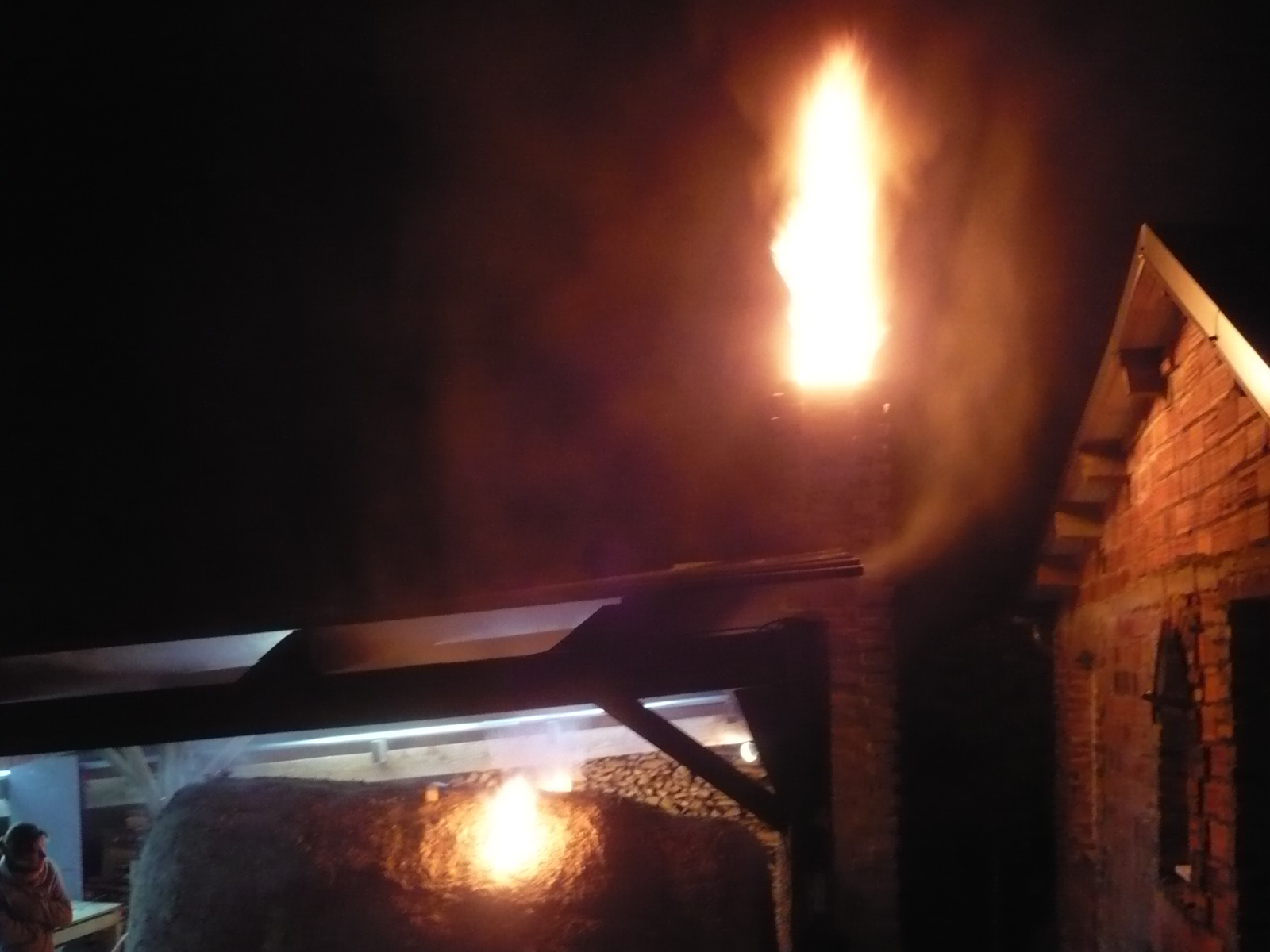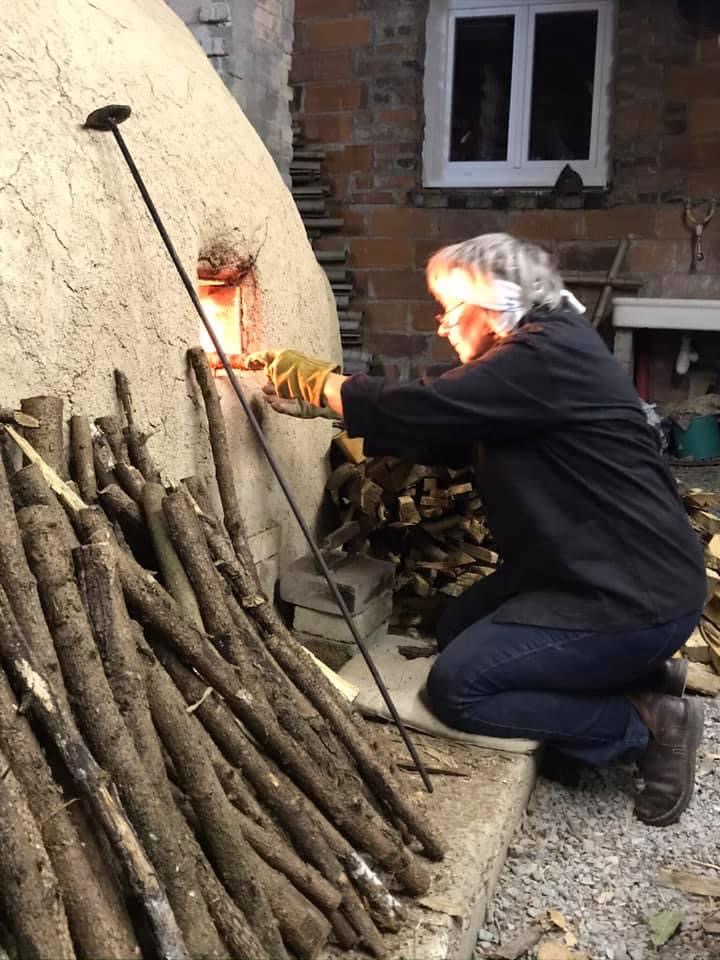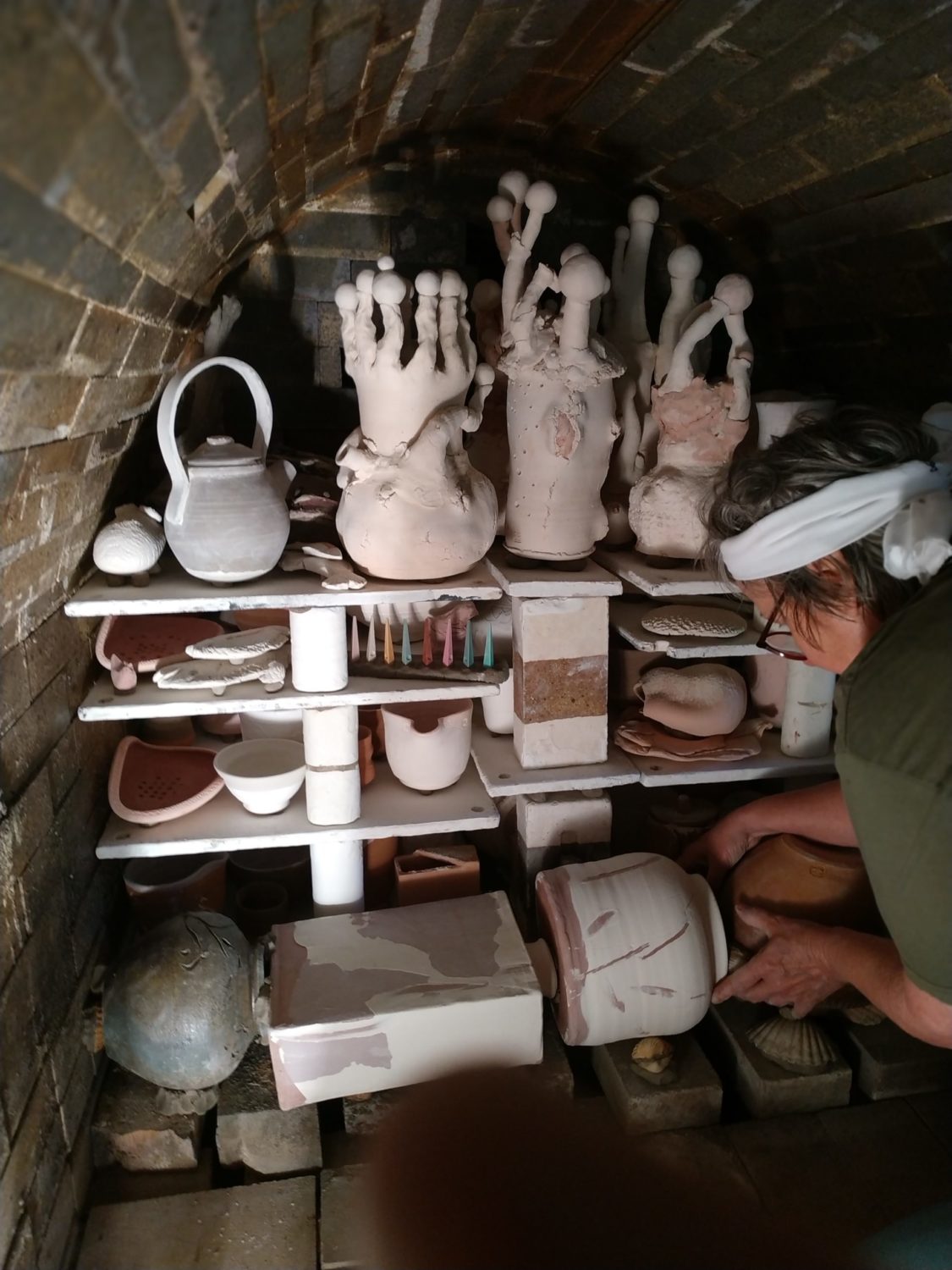Firing techniques
In YAKISHIME firing of raw clay (in Japanese Anagama type wood kiln), the colors result from the melted ashes of burnt wood combined with the mixtures of fired clays.
This type of wood firing, unique and rare, gives exceptional natural ash decorations on raw clay, without enamel or slip. The works of art enter the kiln, naked of their only clay, and come out dressed in real paintings that the fire likes to paint for my ever-renewed wonder.
This choice of firing in a wood-fired kiln made me cross France from Provence to Limousin to establish my studio where two generations of potters had already lived and fired in a Noborigama kiln that was quite tired and that I decided to finally dismantle in 2012 to build instead an Anagama with the help of SHOZO MICHIKAWA, a Japanese artist friend with a remarkable international career…
This kiln, located next to my studio, was named by Shozo: SHIZENGAMA « the natural kiln ».
It has now become the indispensable companion that gives me the marvelous results I dreamed of, especially with the YAKISHIME firing.

The tone palette depends solely on the qualities of the ash melted during the firing and the moment when it is burned.
But the process is not so easy.
Firing with wood is extremely hard work. From the moment the wood is delivered to the moment the pieces are taken out of the kiln, an incredible amount of effort is required to cut and store the wood, to make the pieces, to put them in the kiln with care and to fire with three different types of wood for 4 to 5 days continuously, with a team of 6 people… This is definitely not the easiest way to fire ceramics.
However, the results can be incomparably spectacular and there is no other way to fire that could give such deeply rich and subtle surface results, collectors are not mistaken…
Each firing is a challenge and only a few pieces are exceptional, the others will be broken because in this type of firing, we only work for excellence.
Moreover, I am aware that the pieces I make will last over time – what can be found in museums? – so I feel responsible to leave only the best for future generations… This is my ECOLOGICAL conscience…
Each firing is also an opportunity to communicate with the kiln, with the fire, through the firing process which is different each time. It is both exciting and requires a lot of mastery.
Each opening of the kiln is an intense moment because after the firing, you still have to wait a week for cooling and sometimes the results are not as good as you would expect… But one thing is sure: each defiring is amazing!


